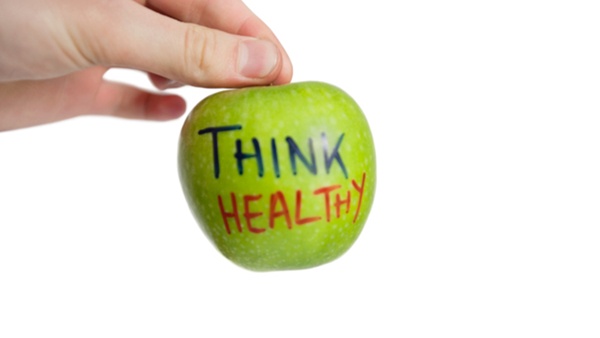
Diet can produce the domino effect, good or bad. You make one change in your diet and nutrition, you notice an improvement in your life, and then you start to change everything. The unknowingly unhealthy world that you created for yourself comes crumbling down, and you begin to rebuild with much healthier bricks.
The problem is society makes it easy (or so we’d like to think). We get told what is good and what is bad, including the best diets from celebrities and nutritional experts. But the truth is we are all different and have specific nutritional needs based on habitual tendencies. Not everyone is open to following what may be best for their health. Sometimes they need a push or a sign to help them make a positive change. What if just one diet change helped propel a consistent path to better overall health and wellness?
While it’s challenging to go cold turkey on eliminating sugar, processed foods or added salt, making one small change can help domino more healthy choices to come. Here are four top suggestions to try!
1. Pick One Vegetable to Replace a Snack Food
There are people who don’t consider processed snack foods like potato chips and popcorn to be food; however, there are those who don’t consider vegetables to be food either—or an appealing snack option. Try replacing your bowl of Doritos with one fresh vegetable. Raw and crunchy work well: carrots, cucumbers, celery stalks or radishes. Add a little homemade yogurt or hummus dip on the side. These vegetables make you really move your jaw and chew your food; this helps stimulate your pituitary gland which, in turn, produces good blood sugar in the body. A lot of the sugary and salty food cravings are a result of a blood sugar imbalance.
2. Replace Your Cow’s Milk with Almond Milk
Is your stomach ever upset after drinking a glass of milk? Many people have problems digesting the cow’s milk casein and can have bloating, gas, diarrhea or constipation. Cow’s milk and dairy products make up a large portion of the North American diet. It might be a lot to ask to cut milk out completely, so one step at a time. Do you consume a morning bowl of cereal? Instead of cow’s milk in your bowl, try almond milk. It’s tasty and has a similar consistency. Cow’s milk is highly processed and contains antibiotics and growth hormones. Also, the pasteurization process destroys beneficial enzymes and lactobacillus acidophilus bacteria. Almonds also have some calcium and provide vitamin E and omega-3.
3. First Thing to Buy Organic: Eggs
Is bacon and eggs with toast a Sunday tradition in your household? Consider replacing your eggs with organic eggs. Don’t worry, they still taste the same; however, they are much healthier for you. Pasture-raised organic hens are fed a grass diet, free of GMOs (genetically modified organisms). Organic hens will also be free of antibiotics, steroids or growth hormones. Buying organic foods in general may be the last thing on your mind, but if you could choose one, organic eggs are a great place to start.
For more information read: Cracked! 5 Benefits of Organic Eggs
4. Eat One Vegetarian Meal a Week
Becoming a vegetarian isn’t for everyone, but many studies show eating less meat will help reduce your chance of obesity, cancer and cardiovascular disease. Opt for one vegetarian meal at dinner, where you would normally eat steak or chicken. It’s an opportunity to try other ethnic foods and vegetarian recipes, discovering nutritional plant-based proteins like tofu, tempeh and a wide variety of beans.
Other simple diet changes? Replace white rice with healthier brown rice, or pasta made from brown rice or quinoa instead of the high-carbohydrate wheat options.
When you start to make diet changes, see how you feel. If you are sluggish or tired, you may ask the question why you feel this way more often—which may lead you to nutritionists or naturopathic doctors who can provide you with more answers. Food is really about finding your own way and what works for your body.
Sources:
Mateljan, G., The World’s Healthiest Foods: Essential Guide for the healthiest way of eating (Seattle: George Mateljan Foundation, 2007), 643, 652-653.












